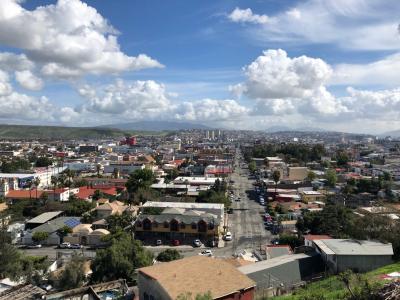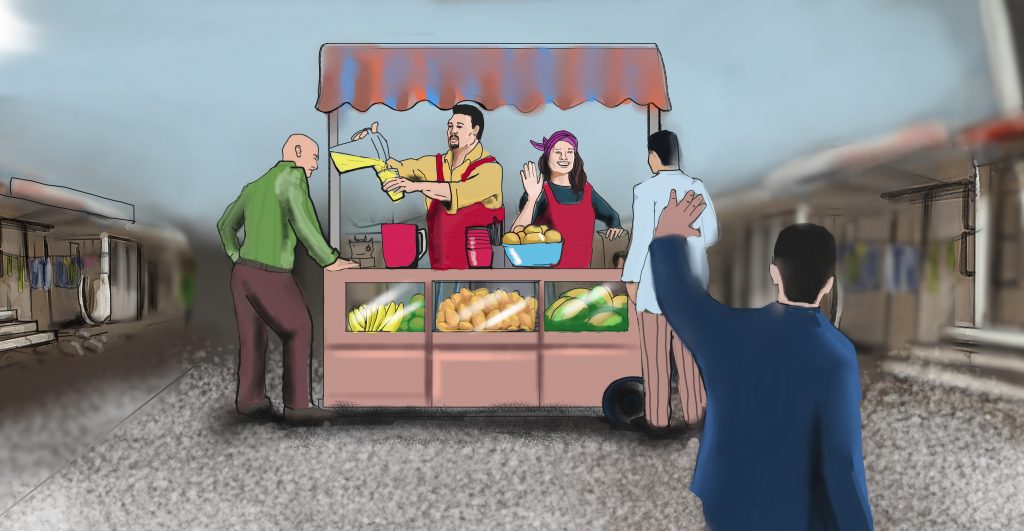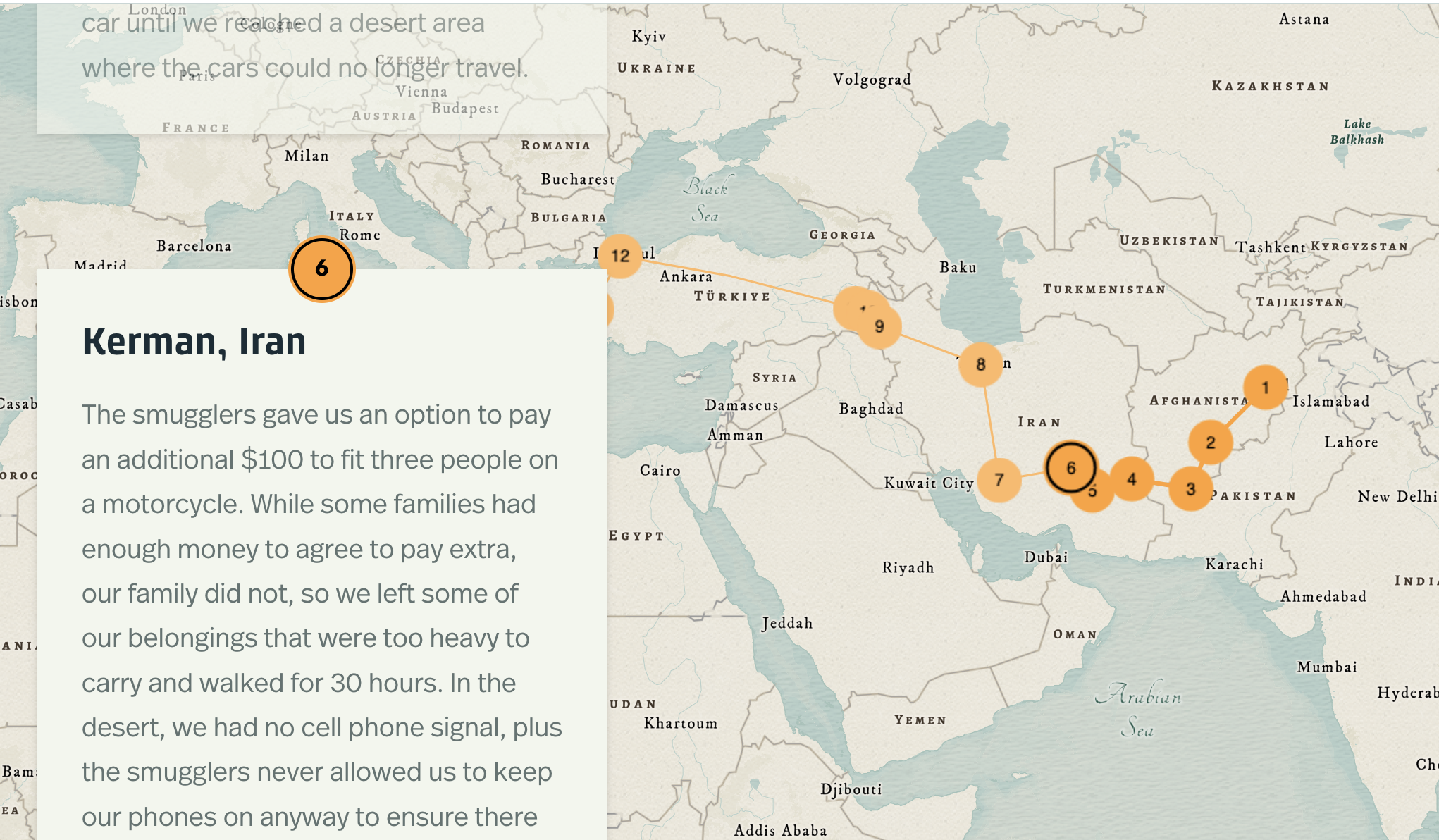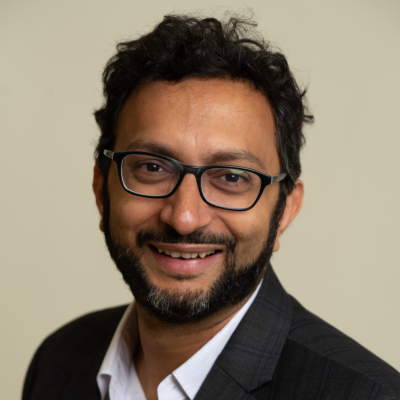Leir Migration Monitor: Notes on migrants' hopes and fears

Hopes, Fears, and Illusions: notes from the field
This summer, eight Fletcher research assistants are conducting research across Central America, from Tijuana, Mexico to Necoclí, Colombia, seeking to better understand how migrants process information and assess risk on their journeys north. This journal shares notes from the field, offering regular updates on the themes, similarities, and differences our researchers are observing.
- In Tijuana, one RA noted, "significant evidence of militarization...on any given ride, we would see [trucks of soldiers with guns] maybe 2-3 times."
- In Tapachula, reflecting on the people in their shelter, an RA noted, "There are a lot of children and families here and most people seem to be under the age of 35."
- In Costa Rica, the RAs stopped in the beach town of Uvita and learned that most of the migrants passing through on the bus were Venezuelans. "A young Nicaraguan employee at our hotel confirmed [this], adding (in perfect English) that he's heard horrible stories about the jungle between Panama and Colombia."
Stay up to date on our research here:

From Economic Violence to Economic Safety: Financial Lives of Venezuelan Refugees & Migrants in Colombia
Following several Venezuelans' financial journeys as examples, we find that socio-economic status pre-migration and access to information, not time in country, are crucial indicators of financial health. Additionally, Venezuelan migrants prioritize building social capital with Colombians. Financial trajectories continue to vary by context in country.

Mapping Migrants, Mapping Money: Financial Biographies of Journeyers from Afghanistan to Greece
The Journeys Project routinely publishes financial biographies, tracing the ways in which extra-continental refugees and migrants finance their journeys and manage money along the way. The biographies also reveal the financial, physical, and emotional risks that migrants must consider when on the move. The first in a series of biographies illustrated via StoryMaps, this story details siblings Sam and Sim and their parents' journey from Kabul to Athens.
Underscoring the inseparable nature of hopes, fears, and finances, Sam and Sim recounted one of the many challenging choices the journey demanded:
"The [Turkish] mafia had basically ‘bought’ us travelers from the police, and the only way for us to continue the journey was for us to agree to pay an additional $300 per person through the smuggler to give to the mafia. This was in addition to the $750 per person it was already costing us to cross into Turkey."

Watch Now: Refugees in Towns Race & Migration Symposium Content
Providing space for both practitioners and migrants to speak, RIT's 3rd annual convening explored how organizations and advocates can foster welcoming communities and expand resettlement programming that promotes racial understanding.
Spotlight: Aditya Sarkar, 2023-2024 World Peace Fellow

Aditya Sarkar is the 2023 World Peace Fellow, a Ph.D candidate at the Fletcher School, Tufts University, and an independent researcher. Aditya’s Ph.D. research focuses on the relationship between precarity, claim-making and processes of urbanization in small Indian cities.
I'm working on: My Ph.D. focuses on understanding the ways in which informal, precarious workers – many of whom are migrants – make claims for public goods such as housing, access to livelihoods, and social services in small Indian cities. I believe that understanding these claims might reveal something important about collective action in an era of precarious employment and mobility. In addition, I am working on some policy-focused papers on extending national social protection coverage to internally displaced persons in Ethiopia, as well as more academic papers on how internal displacement is both a cause and unintended consequence of state-consolidation processes in Ethiopia.
An insight I discovered: UN-Habitat predicts that, over the next three decades, the number of people living in cities across the world will increase by about 2.2 billion. Most of this urban growth will actually take place in small or intermediate cities in Asia and in Africa, not in global megacities. While some of this growth is driven my migration from rural areas, that is only part of the story. The Indian context suggests that much of the growth of small cities is actually being driven by increase-in-situ, that is, villages are being re-classified as cities because of an increase in their population.
I'm passionate about: unsettling and challenging existing frameworks and categories used to analyze mobility and development, to generate better research and policy. For instance, why do we assume that the legal definition of ‘refugee’ has any relationship to the social reality of being displaced, and what are the consequences of taking these legal categories for granted?
Moving forward, you can find our content at www.leirbrief.org.

